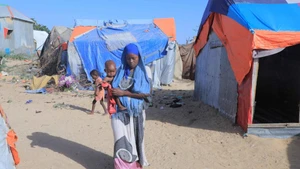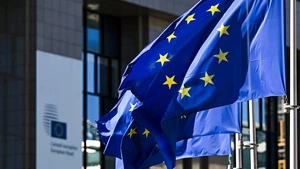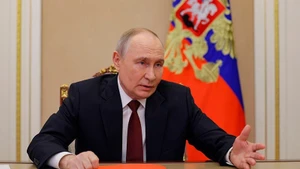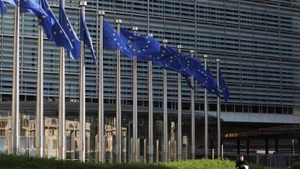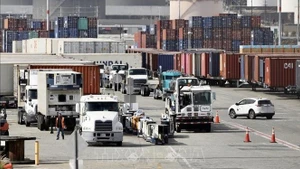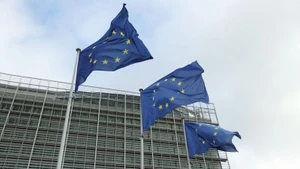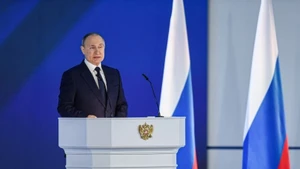Geopolitical friction and trade disputes are taking an increasingly visible toll on global investment flows. Total global investment fell by 11% in 2024, dropping to 1.493 trillion USD, marking the second consecutive year of decline.
UNCTAD Secretary-General Rebeca Grynspan stated that funding for international projects, which are vital for infrastructure and development, has seen the sharpest drop, down by 26%. Cross-border mergers and acquisitions also remain below long-term averages. This trend reflects growing corporate preferences for domestic or allied-market investments, driven by heightened political risks, tighter FDI regulations, and global instability.
Amid the turbulence, the US attracted 279 billion USD in FDI in 2024, nearly a 20% increase year-on-year. The US remains the top global investment destination, with 2,460 new plants and 277 international projects funded—more than any other country.
By contrast, FDI into Europe fell by nearly 60%, landing at 220 billion USD. France saw its FDI inflows decrease by 20%, down to 34 billion USD.
In Asia, China attracted just 116 billion USD, down 29%, marking the second straight year of decline. Meanwhile, the ASEAN region saw a 10% increase in FDI, reaching a new record of 225 billion USD.
By sector, the digital economy is taking the lead, growing at 10–12% annually—far outpacing global GDP growth—and playing an increasingly significant role in global value chains. Over 500 billion USD has been invested in digital manufacturing units in developing countries over the past five years, though this capital remains concentrated in a small number of nations.
The US has been the largest financier of new digital economy projects in developing countries, accounting for 36% of total investment from 2020 to 2024. UNCTAD predicts a negative outlook for international investment in 2025 due to escalating trade tensions. Data from the first quarter indicates that transaction volumes and FDI project announcements are at historic lows.
According to Grynspan, there is a particularly troubling trend: investments that genuinely impact employment and infrastructure are on the decline. Although FDI flows into developing countries remain generally stable, global investment is falling short of supporting sustainable development. Much of the capital is not being directed toward job-creating sectors such as infrastructure, energy, and technology.
UNCTAD warns that although total FDI into developing countries remained steady at 867 billion USD, these nations face mounting pressure: financing for international projects has dropped by nearly one-third, and the number of newly announced projects has declined by almost one-fifth.
UN Secretary-General António Guterres emphasised that prevention is the most effective strategy against instability—and that no preventive measure is more powerful than investment in development.
He pointed out that, a decade after the adoption of the Sustainable Development Goals (SDGs), two-thirds of the targets are falling behind. Developing countries are being devastated by limited fiscal space, mounting debt burdens, and surging prices. This reality demands that both national governments and the international community renew their commitments—at home and globally—to mobilise both public and private finance for the areas most in need.
Furthermore, Guterres stressed that an immediate priority is to provide urgent debt relief to countries drowning in financial obligations. Simultaneously, there must be a cooperative effort to reform the global financial architecture to better reflect current realities and the pressing needs of developing nations.


